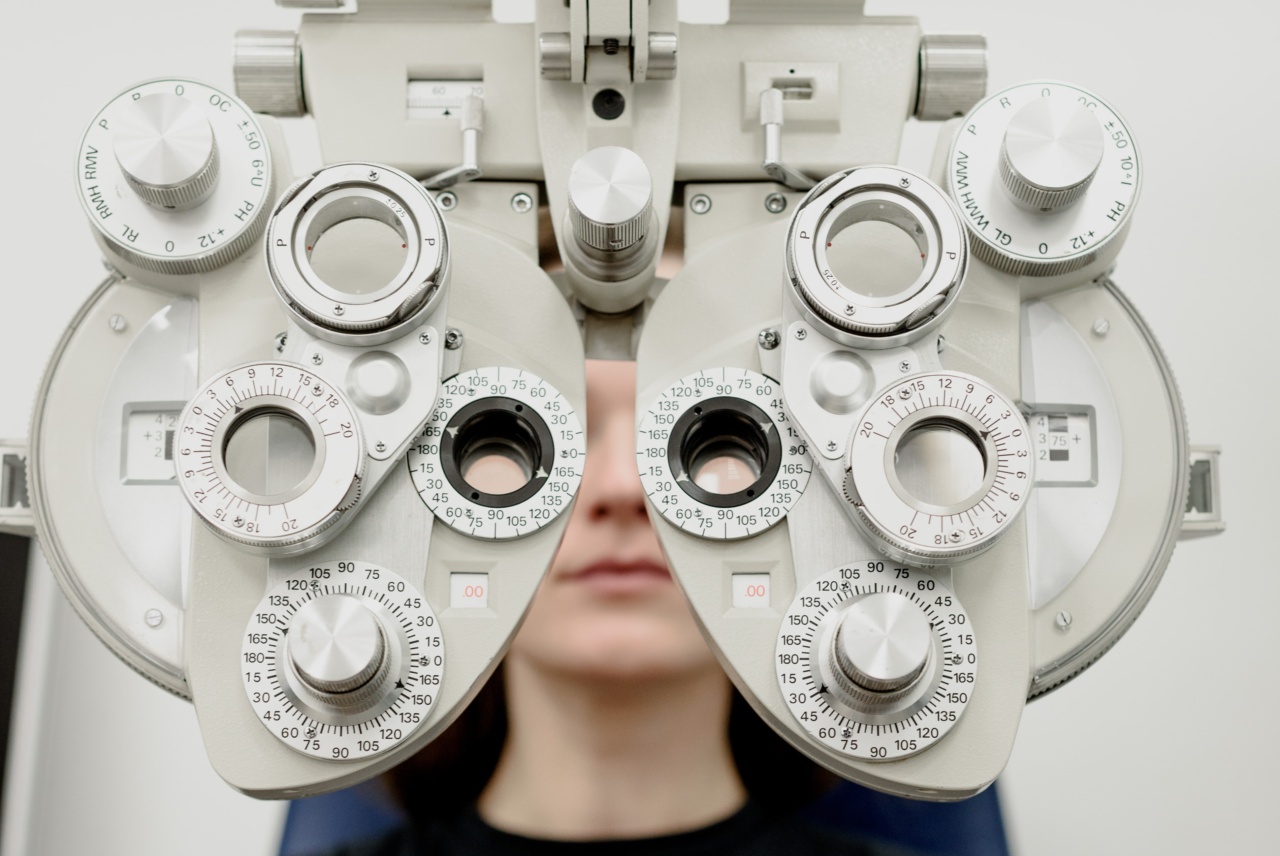Sleep apnea is a common sleep disorder characterized by interrupted breathing during sleep. It can have severe consequences on one’s health and overall well-being if left untreated.
Diagnosis and treatment of sleep apnea often involve various medical exams and procedures. However, whether these exams and procedures are covered by insurance or not can vary depending on different factors. In this article, we will explore the different medical exams and procedures for sleep apnea and discuss their insurance coverage.
1. Sleep Study
A sleep study, also known as polysomnography, is one of the primary diagnostic tools for sleep apnea. It involves spending a night in a sleep laboratory, where your sleep patterns, breathing, and other body functions are monitored and recorded.
This test helps in identifying the presence and severity of sleep apnea. The cost of a sleep study can vary depending on factors such as location and the type of facility where it is conducted.
2. Home Sleep Apnea Test
For some individuals, a home sleep apnea test may be recommended as an alternative to an in-lab sleep study. This type of test allows you to undergo the study in the comfort of your own home.
It typically involves wearing portable monitoring devices that record your breathing, oxygen levels, and other data while you sleep. Home sleep apnea tests are generally less expensive than in-lab studies.
3. Continuous Positive Airway Pressure (CPAP) Titration
After the diagnosis of sleep apnea, the next step is often determining the appropriate treatment. Continuous Positive Airway Pressure (CPAP) therapy is the most common treatment for sleep apnea. In some cases, a CPAP titration study may be required.
This study involves wearing a CPAP mask and machine during sleep while the pressure levels are adjusted to find the optimal settings. This study helps ensure effective treatment and patient comfort.
4. Potential Insurance Coverage
When it comes to insurance coverage for sleep apnea exams and procedures, it can vary depending on several factors. These factors include your insurance plan, coverage details, medical necessity, and prior authorization requirements.
It is important to check with your insurance provider to understand the specific coverage related to sleep apnea diagnostics and treatments.
5. Insurance Coverage for Sleep Studies
Sleep studies, both in-lab and home-based, are generally covered by insurance if medically necessary. However, the extent of coverage and any out-of-pocket expenses can vary depending on your insurance plan.
It is important to verify with your insurance provider regarding coverage specifics such as deductibles, co-insurance, and co-pays.
6. Insurance Coverage for CPAP Machines and Supplies
CPAP machines and supplies, such as masks, filters, and tubing, are typically covered by insurance. However, coverage details may differ. Some insurance plans may require prior authorization or limit the coverage to specific suppliers or brands.
It is advisable to contact your insurance provider to understand the coverage for CPAP machines and supplies under your plan.
7. Medical Procedures for Sleep Apnea
Aside from diagnostic tests, there are certain medical procedures available for sleep apnea treatment. Two common procedures include:.
7.1. Surgery
Surgical procedures may be recommended for individuals with specific anatomical abnormalities that cause sleep apnea, such as a deviated septum or large tonsils.
The most common sleep apnea surgical procedures include uvulopalatopharyngoplasty (UPPP), tonsillectomy, and adenoidectomy. Insurance coverage for sleep apnea surgery can vary depending on the medical necessity and plan coverage.
7.2. Oral Appliances
Oral appliances are custom-made devices that help keep the airway open during sleep by repositioning the jaw or tongue.
These appliances are often used as an alternative treatment for mild to moderate sleep apnea or for individuals who cannot tolerate CPAP therapy. Insurance coverage for oral appliances can vary depending on the insurance plan, type of appliance, and medical necessity.
8. Insurance Considerations
When seeking insurance coverage for sleep apnea exams and procedures, consider the following:.
8.1. Medical Necessity Documentation
Insurance companies often require detailed documentation from healthcare providers to establish the medical necessity of exams and procedures. This may include reports, test results, sleep study data, and prescribed treatment plans.
8.2. Pre-authorization
Some insurance plans require pre-authorization before undergoing sleep studies or medical procedures. Precise adherence to the necessary steps and approvals is crucial to guarantee coverage.
8.3. Network Coverage
Check your insurance plan’s network coverage to ensure the sleep study, procedure, or medical professional you choose falls within your network. Out-of-network treatments may not be covered or may have higher out-of-pocket costs.
9. Conclusion
Medical exams and procedures for sleep apnea play a critical role in diagnosis and treatment. While insurance coverage for these exams and procedures can vary, it is important to understand your insurance plan’s specifics and requirements.
By working closely with your healthcare provider and insurance company, you can navigate the insurance process and ensure that you receive the necessary exams and procedures for managing your sleep apnea effectively.






























